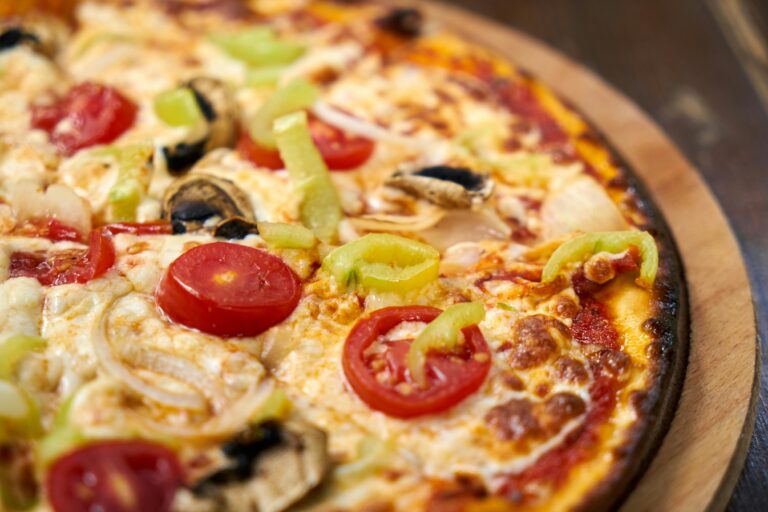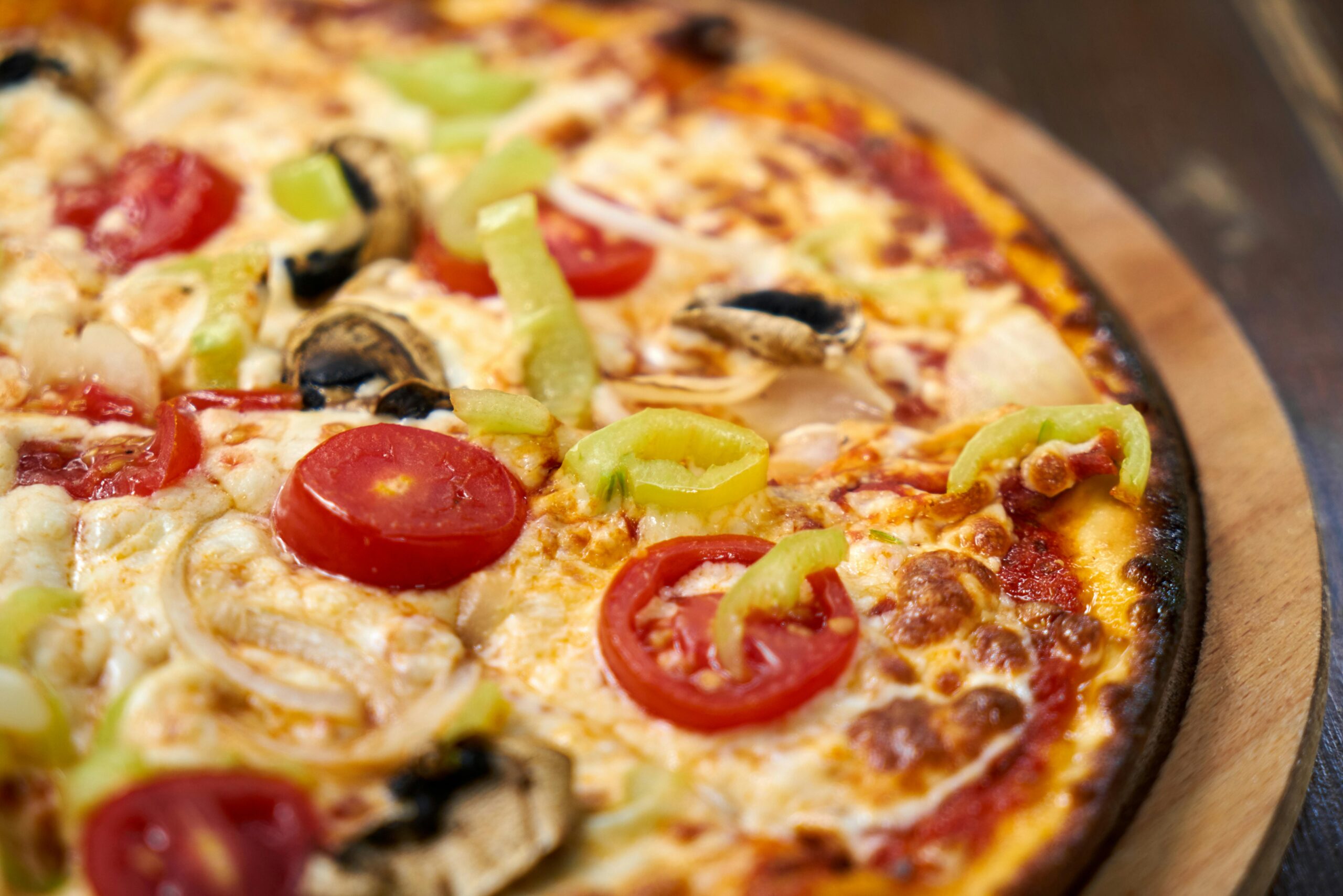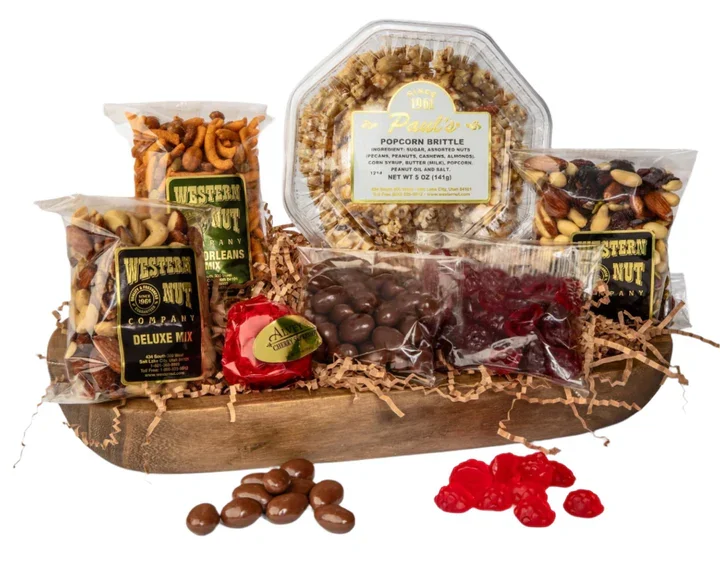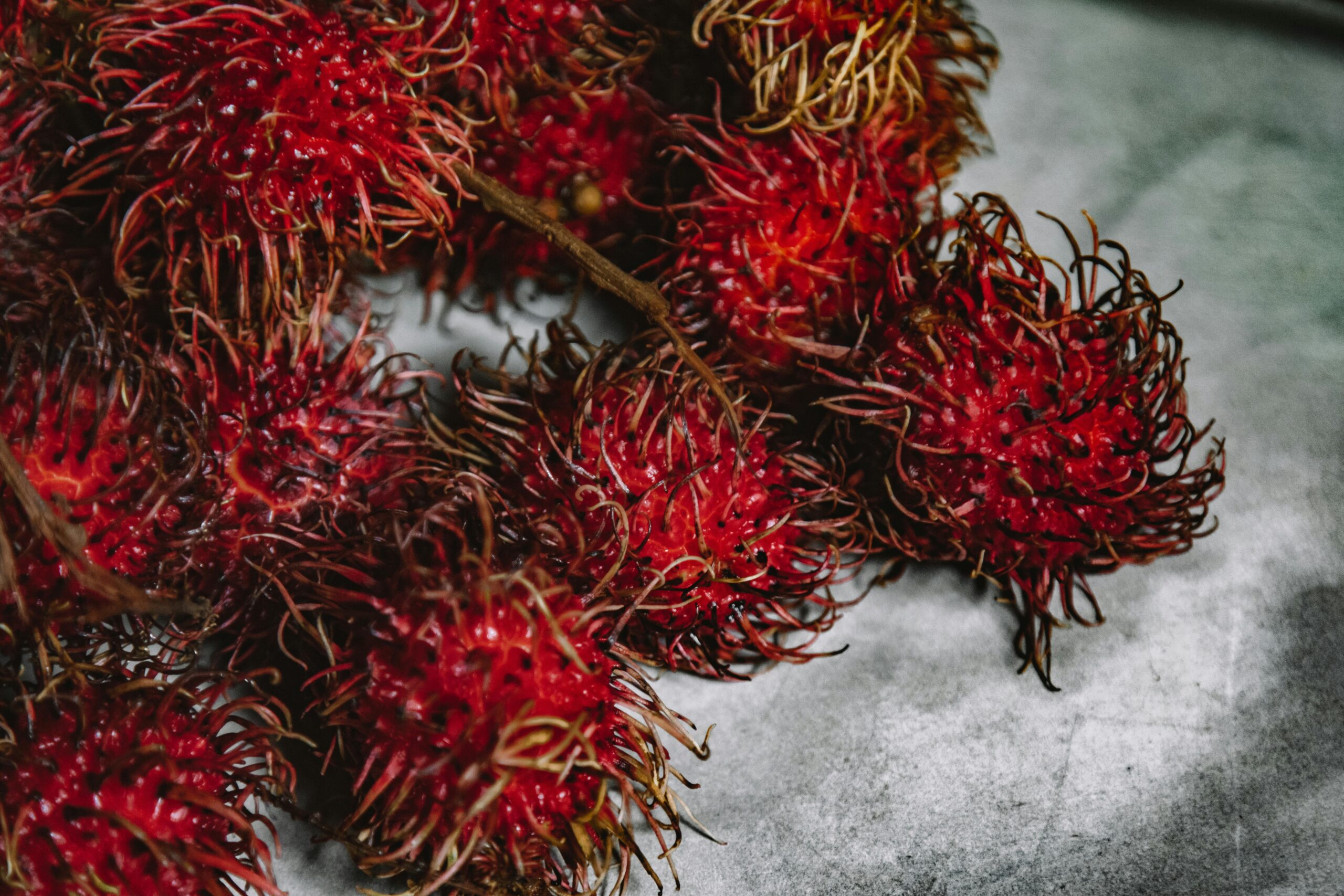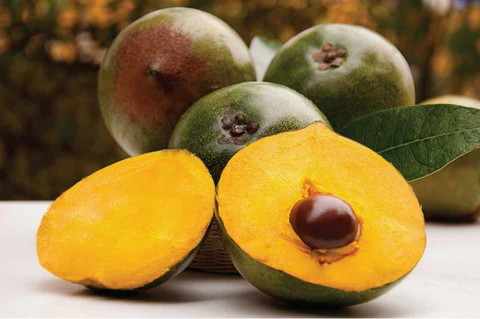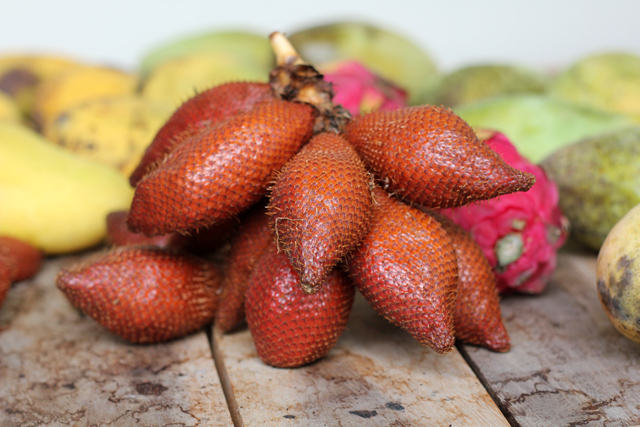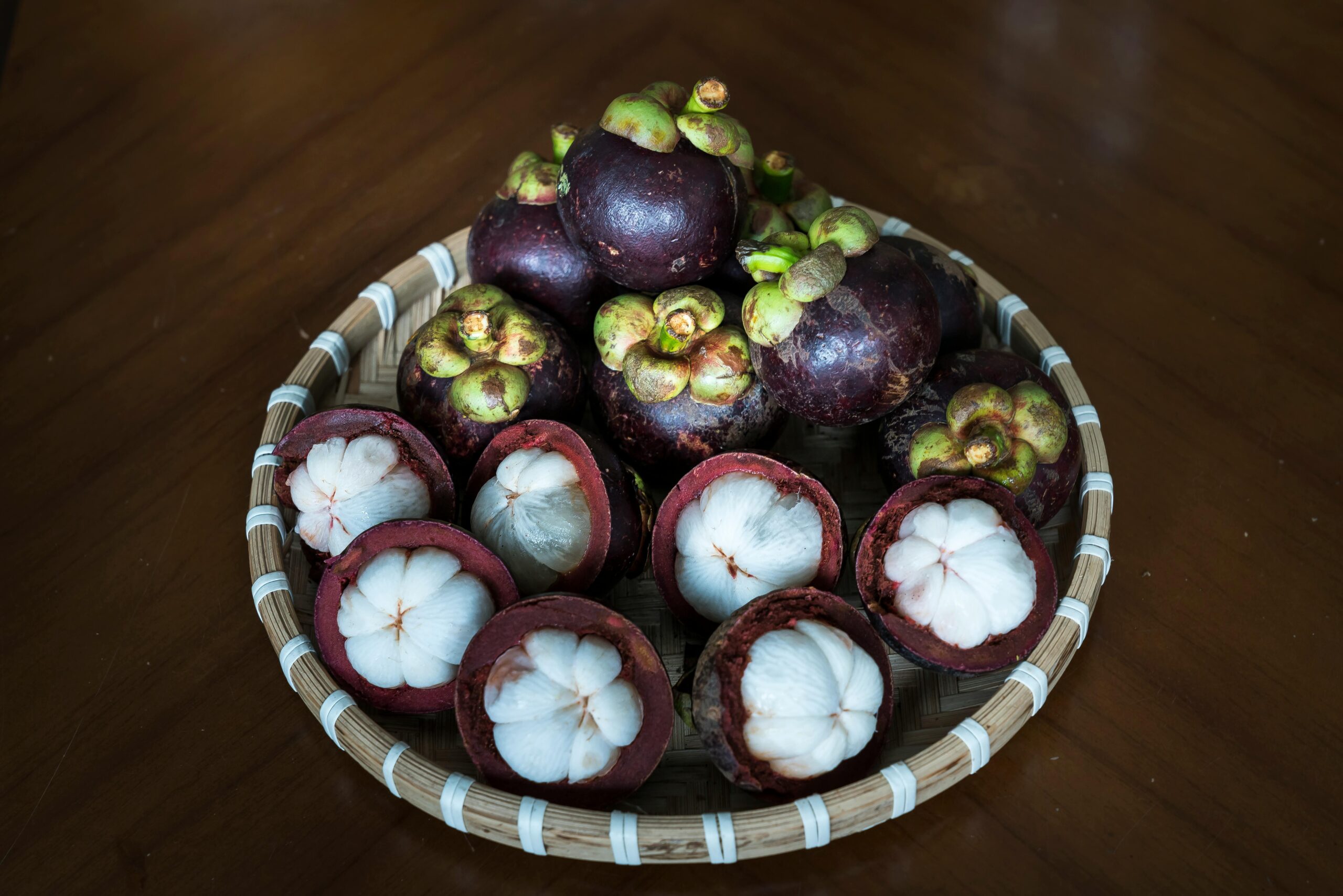
Every recipe you perfect tells a story. That chicken parmesan you’ve made 50 times has changed from a basic guide into something that’s truly yours. Writing a cookbook saves these cooking moments before they get lost in old notebooks and stained recipe cards.
You don’t need to be a professional chef to write a cookbook. Anyone who cooks regularly has enough knowledge to share. The process turns scattered recipes into a real collection that people can use.
Finding Your Cookbook’s Focus and Recipe Theme
Your cookbook needs a clear theme. Random collections of “stuff I cook” don’t work well for readers. Think about what makes your cooking special — maybe it’s cheap meals for students, family recipes from your culture, or plant-based comfort food.
The focus shapes everything. A cookbook about quick dinners needs a different setup than one about weekend baking. Think about what you cook best and what’s missing from cookbooks you own.
Turning Kitchen Recipes into Your Project
Writing down recipes from your grandmother’s kitchen or putting together years of cooking experiments takes real work. Some cooks need to organize recipes for college projects — maybe for a food class or cooking research paper. This needs more polish than everyday recipe cards. Working with professional paper writers for hire can help turn these recipe collections into proper papers that work for culinary study while keeping the real voice of home cooking.
This careful approach helps whether you’re saving family recipes or making educational materials. Good documentation means recipes actually work when other people try them.
Recipe Testing: Making Your Dishes Work for Everyone
Write each recipe like you’ve never made it before. Include measurements, temperatures, and times. That “pinch” of salt needs a real number. “Cook until done” doesn’t help anyone.
Test each recipe twice using only your written steps. Don’t rely on what you know by heart or things you can see but haven’t explained. Ask someone who doesn’t know the dish to follow your recipe exactly. Their questions show where you need to add more details.
Common problems include oven temps, pan sizes, and how to prep ingredients. “1 cup diced onion” is very different from “1 onion, diced” in how much you get. These details matter when someone tries your recipe far away.
Writing Clear Cooking Instructions
Recipe writing has different rules. Start each step with an action word. Keep sentences under 20 words. Break big tasks into numbered steps instead of long paragraphs.
Don’t assume people know things. What seems easy to you might confuse beginners. Explain why steps matter — this helps people understand. Mention what things should look like — “until golden brown” or “when it coats the back of a spoon.”
Organization That Works
Group recipes in a way that makes sense for your theme. Time of day works for some books. Main ingredient works for others. Easy to hard helps beginners learn.
Include a good table of contents and index. People should find recipes by ingredient, cooking method, and occasion. Link related recipes in your steps — if your pasta sauce shows up in three dishes, connect them.
What Goes at the Start
Your intro tells readers what to expect. Explain your cookbook’s purpose in 300-400 words. List equipment if you use special tools often. Say how you measure and what can be swapped right at the start.
Add a section about where to buy ingredients if your recipes use special items. Talk about storing finished dishes. These practical tips prevent frustration and failed recipes.
Adding Photos
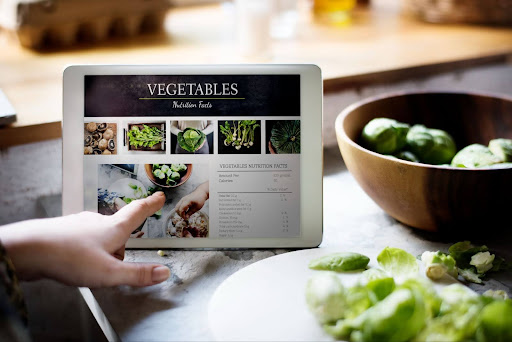
Photos help, but you don’t need them for every recipe. Focus on techniques people find confusing — folding dough, checking if meat is done, or what the right texture looks like. Step photos teach better than pretty final shots.
Appetizing food photos, according to research, actually activate the gustatory cortex — the part of our brain responsible for taste and reward. So while a beautiful final photo won’t teach technique, it does serve a purpose: it motivates people to try the recipe in the first place.
If you add finished dish photos, shoot in natural light with simple setups. Phone cameras work fine. Being consistent matters more than fancy equipment. Use the same plates, backgrounds, and lighting throughout.
What Comes After Writing
Recipe work continues during editing. Read instructions out loud to catch weird phrasing. Cut unnecessary words — “go ahead and” adds nothing. Make your voice the same across all recipes.
Think about these practical things:
- Use the same format for headings, timing, and serving size info
- Check that measurements convert right if you offer metric options
- Make sure ingredient lists match amounts in your steps
- Show dietary info clearly (allergens, restrictions)
- Add prep and cook times so people can plan meals
- Include storage tips for leftovers when needed
Self-publishing sites make sharing cookbooks easy. Print-on-demand services mean no upfront costs. Digital formats work well for collections you update often. Pick formats based on how your readers like to use recipes.
Building Something That Lasts
A finished cookbook saves cooking knowledge that would otherwise vanish. Family recipes get preserved beyond handwritten cards in drawers. Your cooking skills become available to people you’ll never meet.
Writing also makes you a better cook. Explaining why techniques work helps you understand them better. Testing forces you to turn loose methods into reliable steps. Each recipe becomes more consistent through writing it down.
Start with 20-30 recipes that show your cooking well. A focused collection beats a messy one. You can always write more volumes later. The important part is starting to get your cooking knowledge on paper where it can help others make better food.


